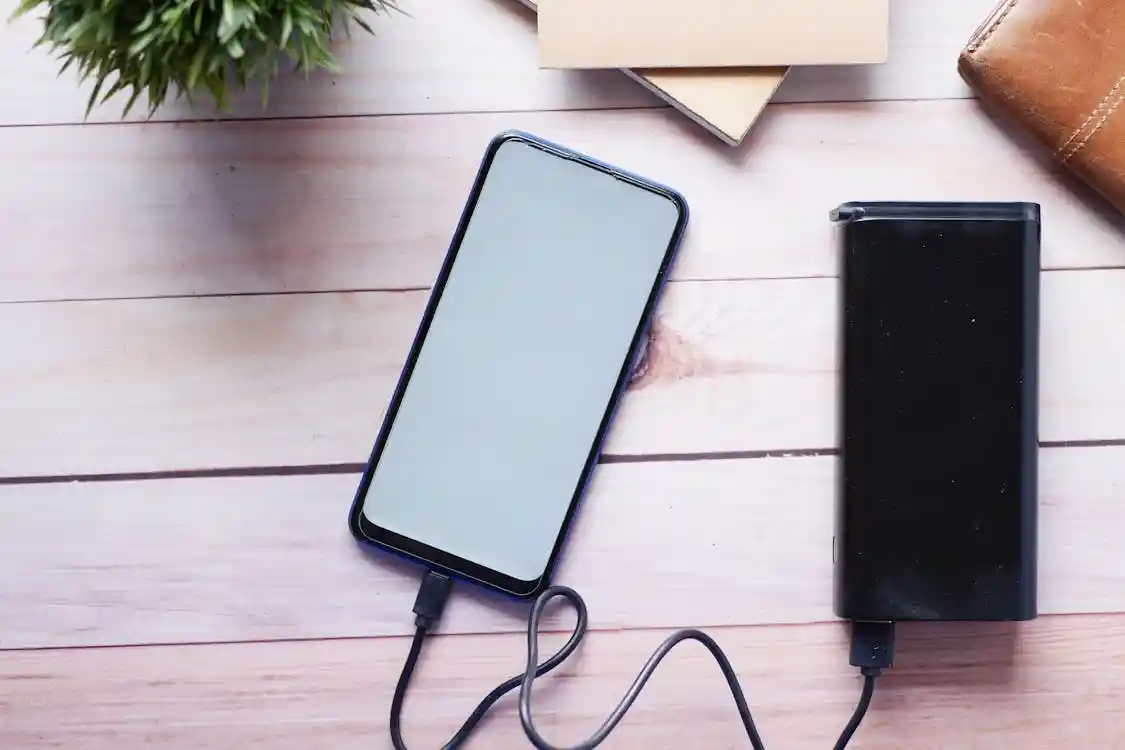What does it feel like when you are having a sip of coffee in the evening, relaxing after work, and a screenshot suddenly distresses you? Your peer sent you an image created with your efforts, but now another online platform uses it without crediting you. How will you react to it in the first instance?
You might be shocked, confused, or even furious at the infringer. Apart from emotional reactions and sentiments, think logically. What can you do against them? How can you protect your intellectual property from such infringements? Well, where there is a will, there is always a way.
Similarly, if you want to protect your images from misuse and theft, there are several legal procedures. These way-outs can help you address the issue through proper channels. If you want to learn legal recourse and measures to take when your images are stolen and misused, continue reading the article.
Document the Theft
The initial step against image theft is identifying and documenting the infringement. You should have strong proof before proceeding with any procedure or legal resource. If your peer or colleague has shared a screenshot of your images on another website, it is complete proof.
You should have its proper web address recorded and proof that the image originally corresponds to you. For this purpose, you can get help from a competitive reverse image search tool. It can find any stolen image through image recognition and CBIR technology.
When you search by image your work as a visual query, it will scrape the web to find all similar visuals. Hence, if someone has copied your work, a photo search will document it in the results. You can find complete URLs of all those similar visuals that become your proof in legal procedures.
Contact the Infringer
Once you have identified who stole your images, find ways to contact them. The image search results can provide the URL to their published sources.
You can easily discover the contact details from these sources, such as the contact Number, Email, Social handles, and even the physical address (if you want to send the legal notice later through the mail).
Sometimes, dealing with an issue on good terms is better than developing conflict. Respectfully communicate with them and address the problem. Tell them the image they posted belongs to you as the original creator; therefore, they should take it down.
Send a Cease and Desist Letter
If they are men of principle and have used your image mistakenly, they will surely respond to your concerns positively. They won’t take longer to take that image down and apologize (in some cases).
However, if they deliberately steal your copyrighted content, they might not bother with any content removal demand. In that case, you must begin with a legal resource by sending them a cease and desist letter.
Although it has no legal value, it can help you pursue the procedure while you arrange the legal help. The cease and desist letter is a document that informs the infringing personnel about their unlawful act, and legal action would proceed if they didn’t refrain.
File a DMCA
Like the cease-and-desist letter, the DMCA is a similar takedown notice. The DMCA, abbreviated for the Digital Millennium Copyright Act, is particularly for digital or online infringements and reports directly to the internet service provider (ISP).
As a result, web hosts have the legal right to take down images from infringer platforms. Hence, you can utilize the DMCA as a third party to sort out your image theft claims.
The DMCA should include three key things: the URL of the infringing platform, the URL of your image (where it was originally published), and a comprehensive description of your ownership of the content.
Consult a Lawyer About Legal Steps
If all your self-made actions do not yield considerable results and the infringer continues to misuse your images, it’s time to bring in the expert. Get legal assistance from a reputable and qualified lawyer who guides you properly.
For the best legal course of action, consult an attorney specializing in copyright law. However, remember that to continue with the legal procedure, you must own the image’s copyright and have the document proving the infringement.
A good lawyer will protect you from getting involved in litigation and legal suits. Instead, it will appropriately deal with the infringer with several healthy options, including apologies, credit, payment, retroactive licensing, etc.
File a lawsuit
Lastly, your only option is to file a lawsuit against the image stealer finally. If they are reluctant to accept your copyright laws, you shouldn’t mind dragging them to court.
This formal recourse can help you seek damages, enforce intellectual property rights, and deter future instances of unauthorized image use. When pursuing a copyright infringement lawsuit for image theft, always keep a trail of all records and communications.
Firstly, you should include proof of infringements generated via photo search, your communications with them to take it down, and legal notices, including a cease and DMCA.
Conclusion
Protecting your digital images can be challenging, especially since anyone can reuse your content with a single “save as” option. As a copyright owner, you can legally act against and pursue them. The article mentions a few legal resources you might use against age theft and misuse. I hope these steps will help you combat copyright infringement if it occurs again.










